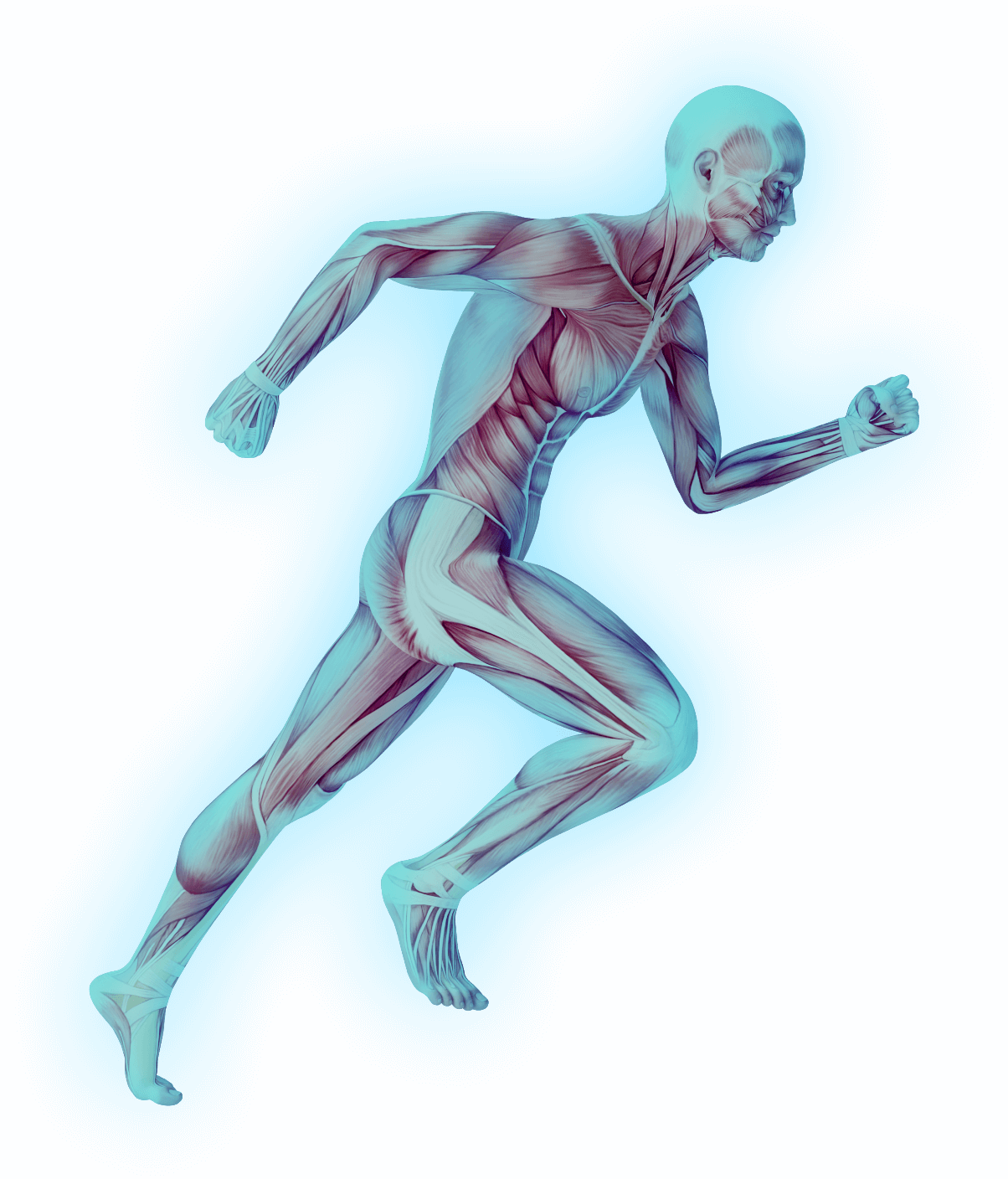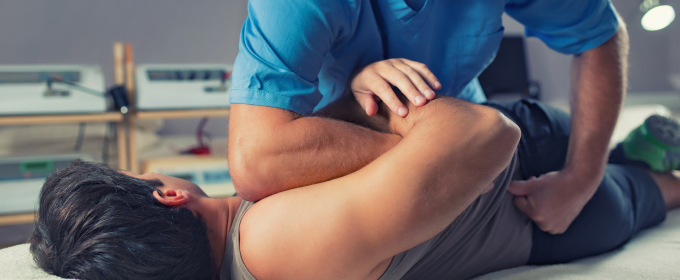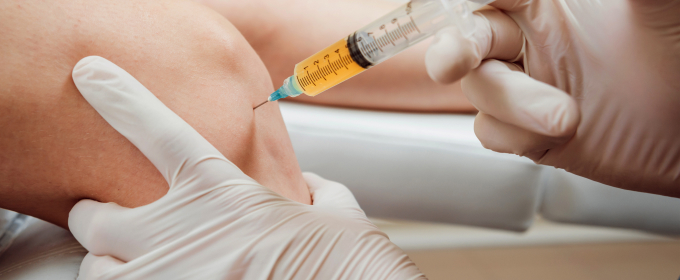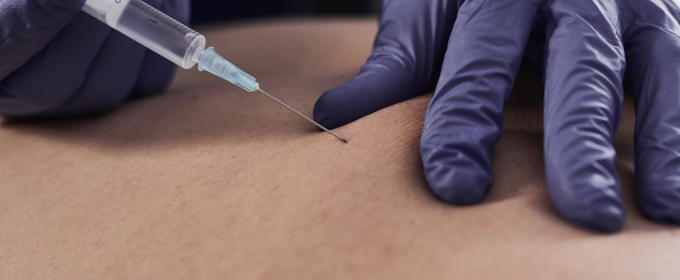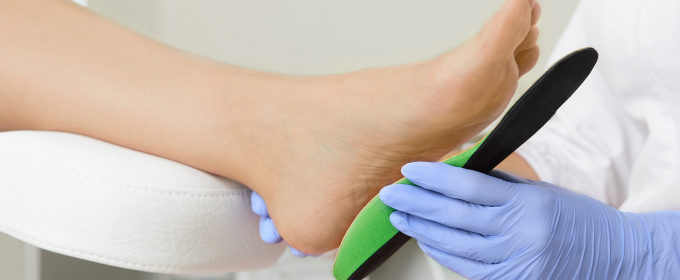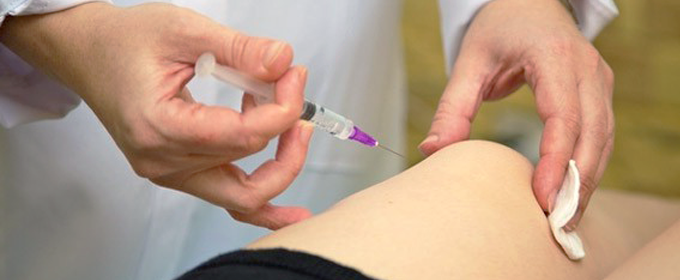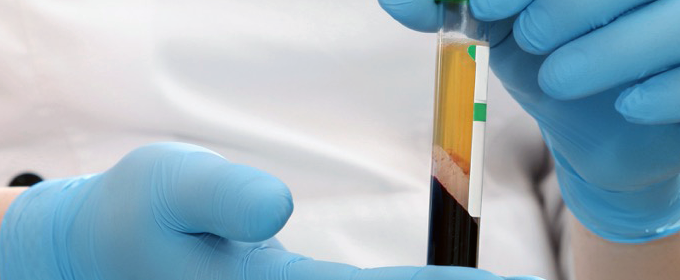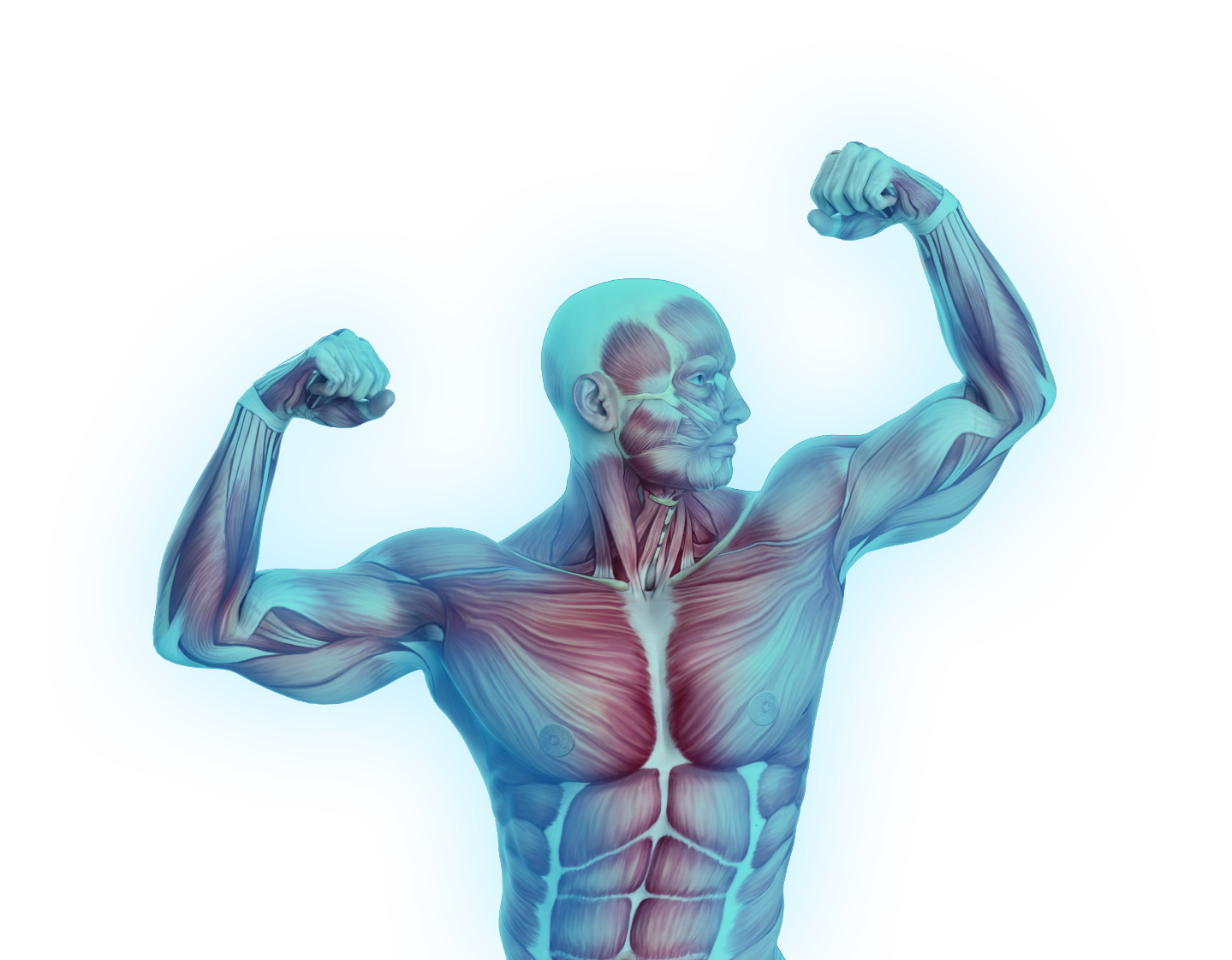Neck pain and associated headache are a common ailment. The potential causes include:
-
Poor posture
-
Normal wear-and-tear and osteoarthritis
-
Direct accidental injury to the neck or upper back (e.g., whiplash or bracing injury)
-
Chronic misalignment (rotation) of the cervical vertebral bodies
-
Compensatory scoliosis
-
Repetitive occupational or sports motion injury
-
Degeneration of the neck and spinal structures (e.g., disc degeneration with nerve root impingement)
-
Osteoporotic or traumatic vertebral fracture – or
-
Structural developmental abnormality (e.g., hemivertebra, spina bifida).
Symptoms and Diagnosis
If you’re experiencing neck pain or related headaches, you may also have reduced neck mobility or inflexibility, TMJ dysfunction and pain, and sleep disturbances.
A complete functional and palpatory physical examination will usually detect the nature and severity of the cervical or associated head (i.e., nuchal line) injury. However, X-rays and an MRI may be required to confirm the physical diagnosis.
A motor vehicle accident-related whiplash injury, also, can often be associated with co-existing shoulder sprain injury caused by seat belts or bracing yourself before impact. Such adjacent shoulder injury can also generate pain radiation and numbness down the arm and hand and into the head. Such shoulder ligament or tendon-generated pain is often confused with the neurogenic radicular pain of cervical intervertebral disc disease, which may be coexistent.
Often, when degenerative disc disease is detected by radiological imaging, cervical ligament pain is often overlooked or mistaken for cervical disc neuropathic radiculopathy. On the other hand, when significant ligament-muscle sprain injury co-exists with significant disc disease, the disc disease must be thoroughly investigated and, if necessary, properly referred to an appropriate surgeon.
The basic lesson is that, even with radiological imaging, the true causes of neck pain may be incompletely diagnosed without throrough functional anatomic physical examination.
An expert physical examination can help differentiate the actual cause of pain – whether from ligament or tendon injuries, disc disease, or other issues – by performing a complete functional examination and recommending the best, most holistic, course of treatment.
More rarely, neck pain may be associated with skeletal misalignments and degenerative changes of the lower body – including flattened arches.
Treatment
Osteopathic Manual Therapy (OMT) and Prolotherapy are excellent treatments for cervical and head (nuchal) ligament and tendon whiplash sprain injury.
Prolotherapy is directed to cervical intervertebral ligament attachments, as well as cervical and nuchal muscle tendon attachments – depending on history and findings on examination and X-ray. Particular care needs to be taken as to how the tendinous injuries are treated.
Platelet-Rich Plasma (PRP) Therapy would be more appropriate if there is significant ligament or tendon tearing.
If we discover evidence of a significant neurological component to the neck and head dysfunction, appropriate tests and consultations will be recommended.

